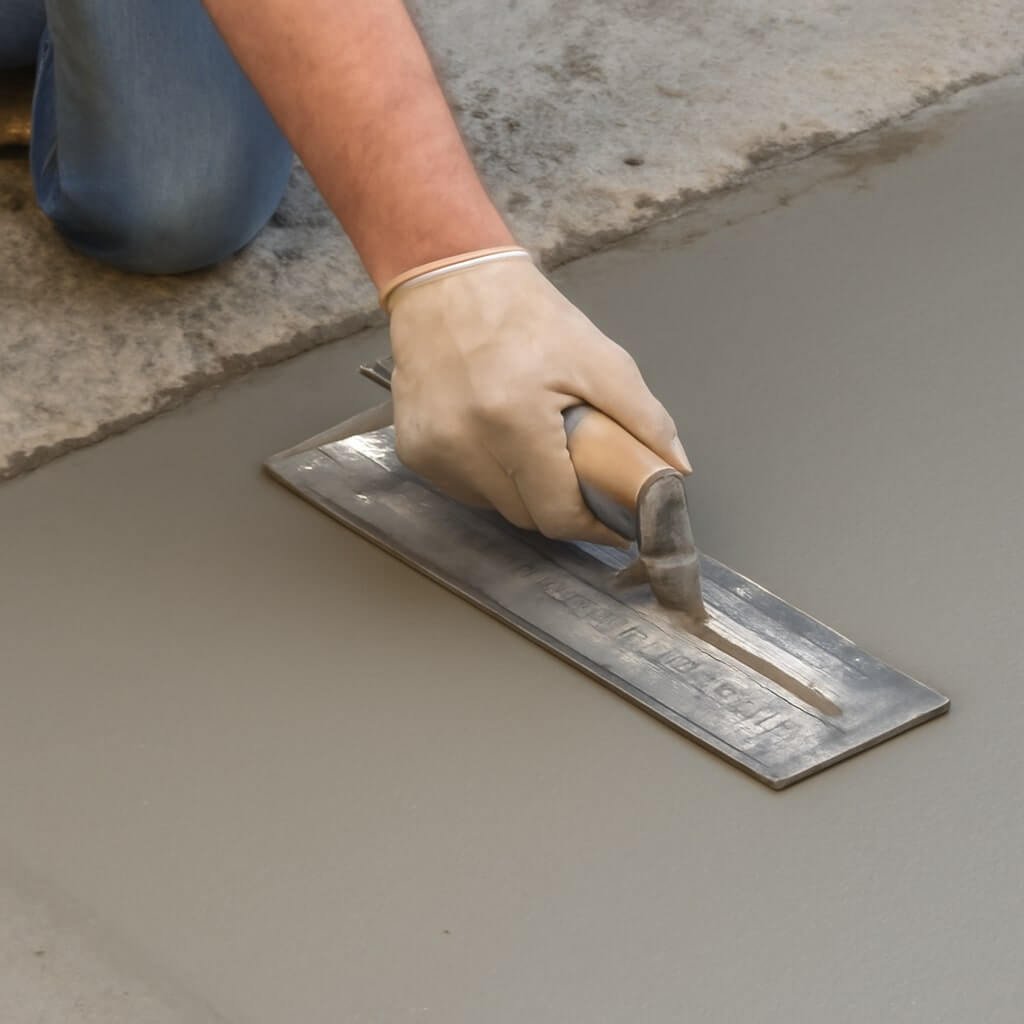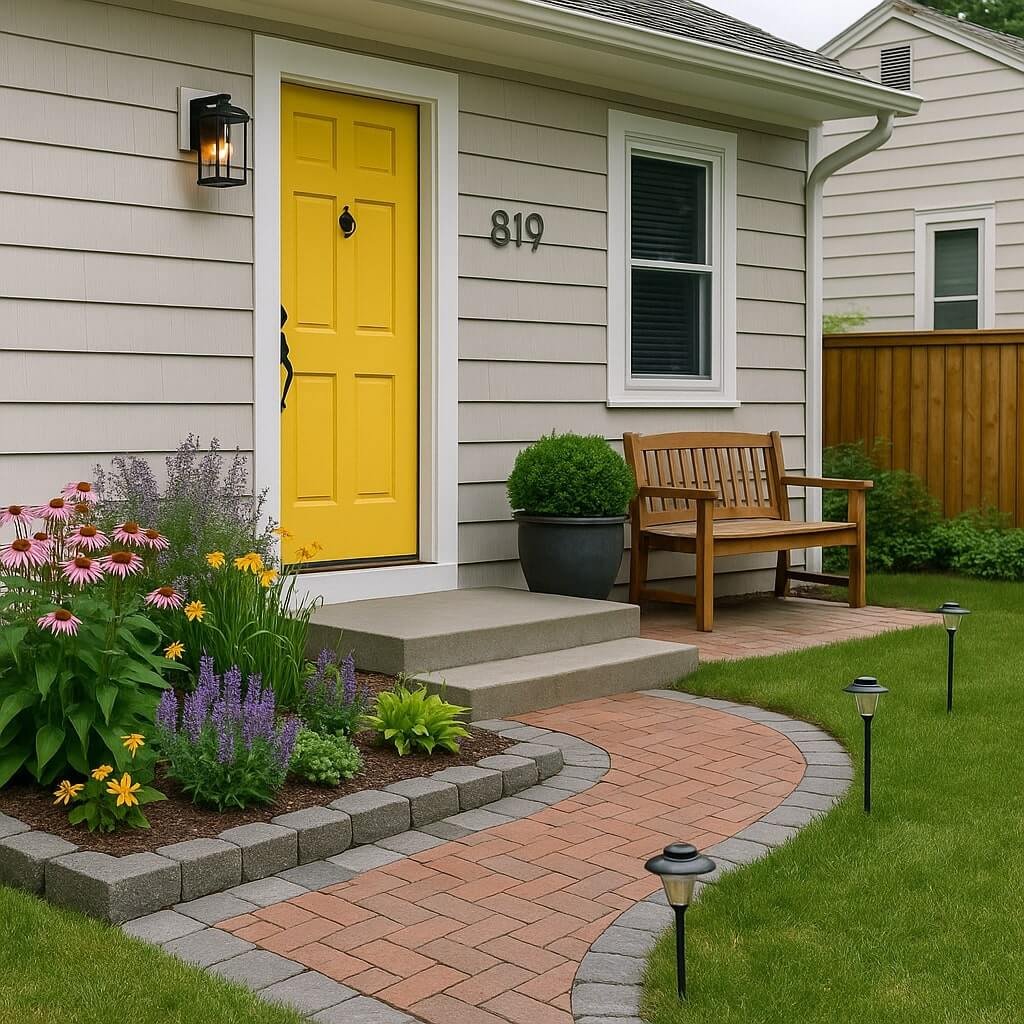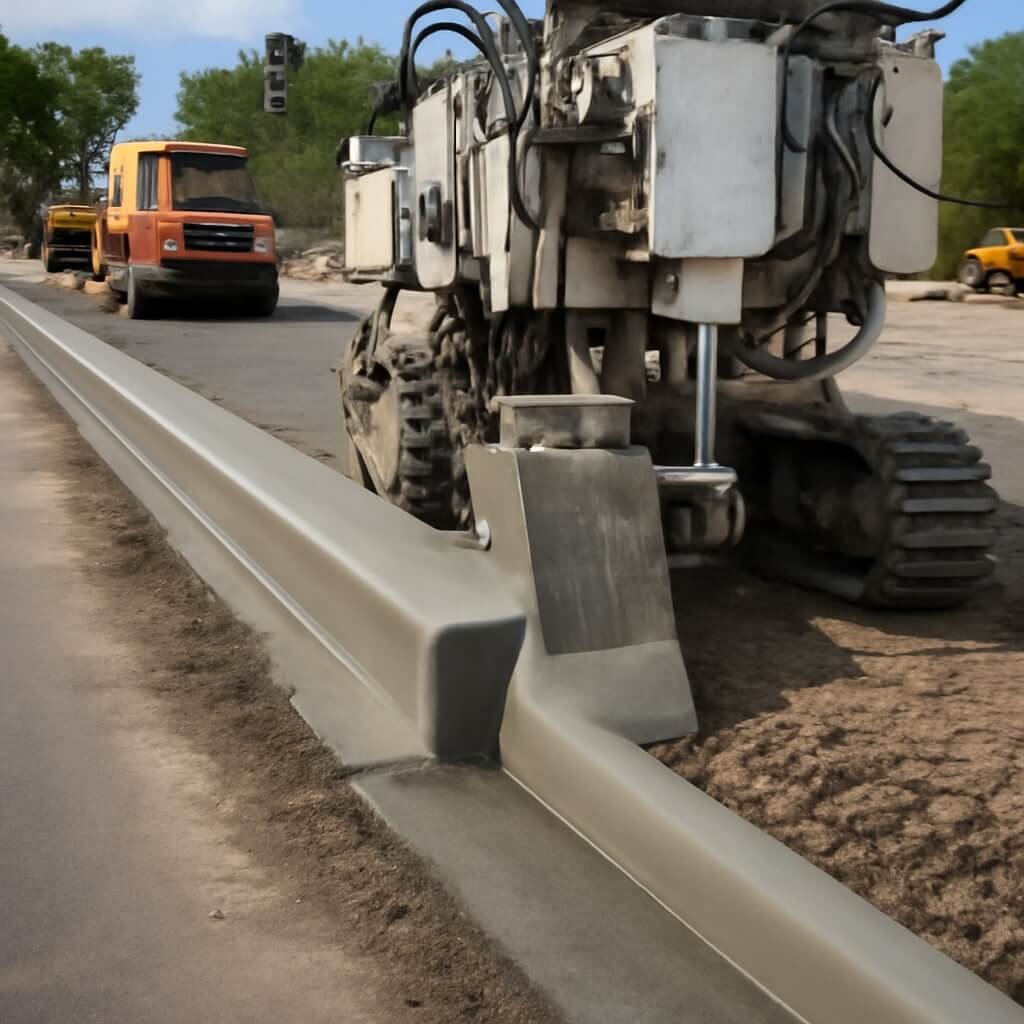Concrete is one of the most versatile and durable materials used in construction and home improvement. Whether you’re working on a driveway, patio, floor, or walkway, having a smooth concrete surface is essential for both aesthetics and safety. Rough or uneven concrete can cause tripping hazards, wear out quickly, and simply look unattractive. Fortunately, there are several easy ways to smooth your concrete surface at home, even if you’re not a professional.
In this comprehensive guide, we’ll explore 10 proven methods to smooth concrete surfaces efficiently. You’ll learn what tools to use, how to prepare your concrete, and even safety tips to keep in mind while working on your project. By the end of this article, you’ll be equipped with the knowledge to get a flawless finish that lasts.
Understanding Concrete Surfaces
What Causes Roughness on Concrete?
Concrete surfaces may become rough or uneven due to a variety of reasons:
- Improper mixing or pouring technique during the initial installation
- Use of low-quality materials
- Weather conditions affecting curing
- Cracking or chipping over time
- Exposure to heavy traffic or harsh chemicals
Understanding these causes helps you decide which smoothing method suits your specific situation best.
Importance of a Smooth Concrete Surface
A smooth concrete surface:
- Enhances the appearance of your space
- Reduces the risk of tripping and injury
- Prevents dirt and water accumulation in crevices
- Increases the lifespan of the concrete by reducing wear and tear
- Makes cleaning and maintenance easier
Knowing this highlights why smoothing your concrete is worth the effort.
Preparing Your Concrete Surface Before Smoothing
Cleaning and Removing Debris
Before you begin smoothing your concrete, it’s essential to clean the surface thoroughly. Remove any dirt, dust, grease, oil, or debris using a broom, power washer, or concrete cleaner. This step ensures that no contaminants interfere with your smoothing efforts or the bonding of resurfacing materials.
Repairing Cracks and Holes
Inspect your concrete for cracks or holes. Fill these imperfections with a suitable concrete patch or filler and allow it to cure as per the manufacturer’s instructions. Smooth repairs lead to a more uniform final surface.
Tools and Materials Needed for Smoothing Concrete
Basic Tools Overview
- Concrete trowel: For hand smoothing and finishing
- Concrete grinder: For grinding down rough spots
- Sandpaper or sanding pads: For light smoothing and polishing
- Broom or vacuum: For cleaning
Advanced Tools and When to Use Them
- Power concrete sander: For larger areas or tougher smoothing jobs
- Concrete resurfacer or overlay: For correcting significant surface damage
- Chemical hardeners or densifiers: To increase surface durability and smoothness
- Power washer: For cleaning before and after smoothing
10 Easy Methods to Smooth Your Concrete Surface at Home
Method 1: Grinding with a Concrete Grinder
Using a concrete grinder is effective for leveling out uneven surfaces and removing high spots. It’s a fast method ideal for medium to large areas. Start with a coarse grinding disc and gradually move to finer ones for a polished finish.
Method 2: Using a Concrete Trowel
For smaller areas or finishing touches, hand troweling is an excellent option. Use a steel or magnesium trowel to smooth the surface, pressing firmly and moving in a circular motion to eliminate bumps.
Method 3: Applying a Concrete Resurfacer
A concrete resurfacer is a special mixture applied over rough or damaged concrete to create a new smooth surface layer. After prepping and cleaning the area, apply the resurfacer with a squeegee or trowel, and allow it to dry.
Method 4: Wet Polishing Technique
Wet polishing uses water and diamond polishing pads to smooth and shine the concrete surface. This method minimizes dust and reveals a glossy finish, great for indoor floors or decorative concrete.
Method 5: Using Self-Leveling Concrete
For concrete floors with dips or depressions, self-leveling concrete can be poured to create an even surface. This material flows easily and sets quickly, perfect for large uneven areas.
Method 6: Sanding with a Concrete Sander
A handheld concrete sander works well for light smoothing or preparing concrete for painting or sealing. Use medium to fine-grit sanding pads, moving steadily across the surface.
Method 7: Power Washing and Sealing
Power washing removes loose debris and dirt, which helps when smoothing small rough spots by hand or machine. Following up with a concrete sealer protects the surface and enhances smoothness.
Method 8: Applying a Concrete Overlay
Concrete overlays are thin layers of cementitious material applied over existing concrete to improve texture and appearance. They’re ideal for covering extensive damage or aging surfaces.
Method 9: Using Chemical Hardeners
Chemical hardeners penetrate the concrete surface and react chemically to create a harder, smoother finish. These products improve durability and are often used in industrial or high-traffic areas.
Method 10: Hand Smoothing for Small Areas
For minor imperfections or patches, use a hand float or trowel to smooth out the surface manually. This method requires patience but offers precise control.
Safety Tips When Smoothing Concrete at Home
- Always wear protective gear: gloves, safety goggles, and a dust mask
- Work in well-ventilated areas
- Follow the manufacturer’s instructions for all chemicals and tools
- Keep children and pets away from the worksite
- Be cautious when using power tools to avoid injury
Maintenance Tips to Keep Your Concrete Smooth
- Regularly clean the surface to prevent the buildup of dirt and debris
- Seal your concrete every few years to protect against moisture and wear
- Repair small cracks and chips promptly
- Avoid using harsh chemicals or salts that can damage the surface
Frequently Asked Questions (FAQs)
1. How long does it take for a concrete resurfacer to dry?
Concrete resurfacers typically dry within 24 to 48 hours, depending on the product and environmental conditions.
2. Can I smooth concrete myself without professional help?
Yes, many smoothing methods are DIY-friendly, especially with proper preparation and the right tools.
3. What is the difference between grinding and sanding concrete?
Grinding uses heavier machinery and abrasive discs to remove significant surface material, while sanding uses finer grit pads for light smoothing.
4. Is it necessary to seal concrete after smoothing?
Sealing is highly recommended to protect the surface and maintain smoothness over time.
5. Can I use concrete overlays on outdoor surfaces?
Yes, overlays can be used outdoors, but make sure to choose products rated for exterior use.
6. How often should I maintain my concrete surface?
Routine cleaning should be done monthly, with sealing and repairs every 2-3 years, depending on wear.
Conclusion
Smoothing your concrete surface at home doesn’t have to be a daunting task. With these 10 easy methods, you can achieve a professional-looking finish whether you’re working on a driveway, patio, or indoor floor. Proper preparation, the right tools, and safety precautions are key to success. Plus, regular maintenance will keep your concrete looking smooth and new for years to come.




